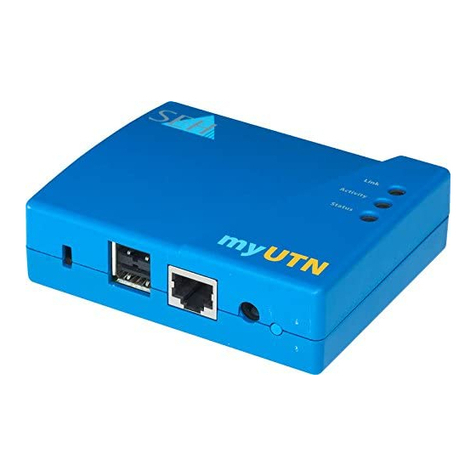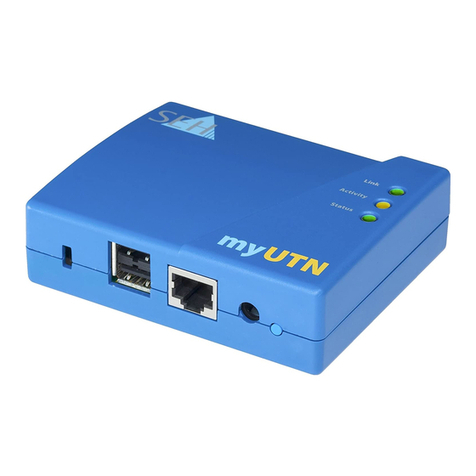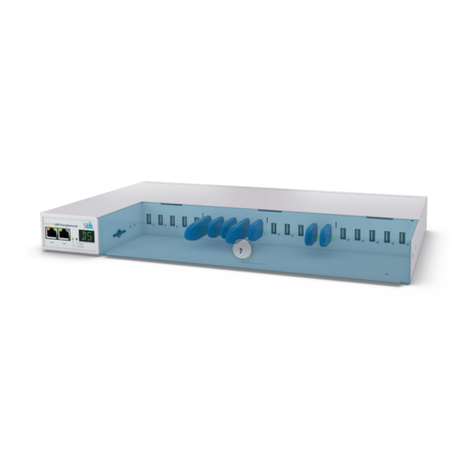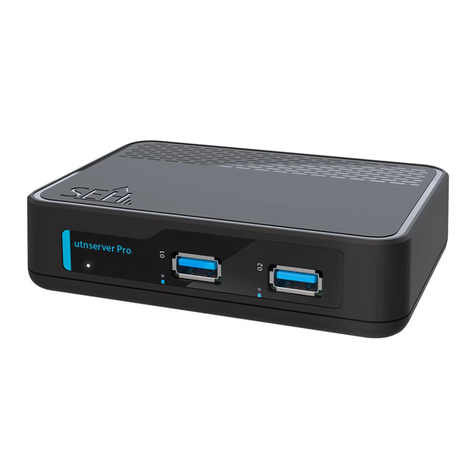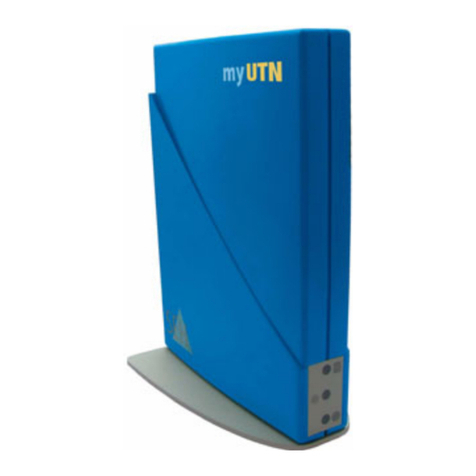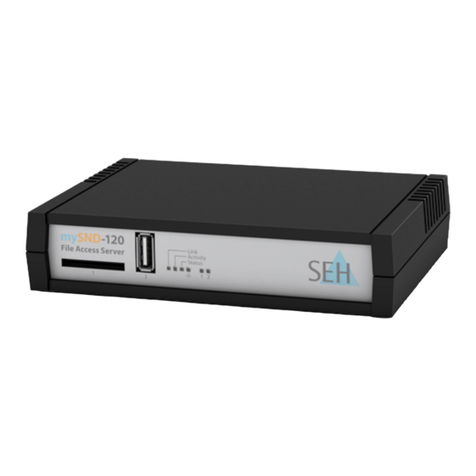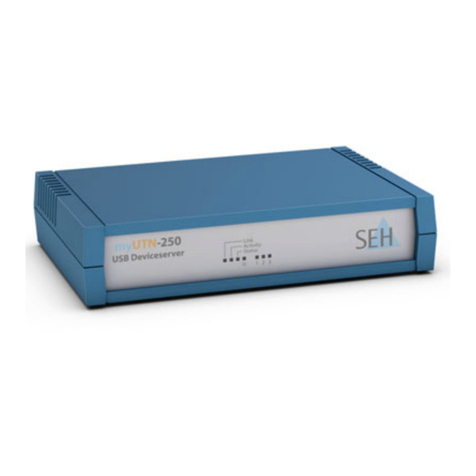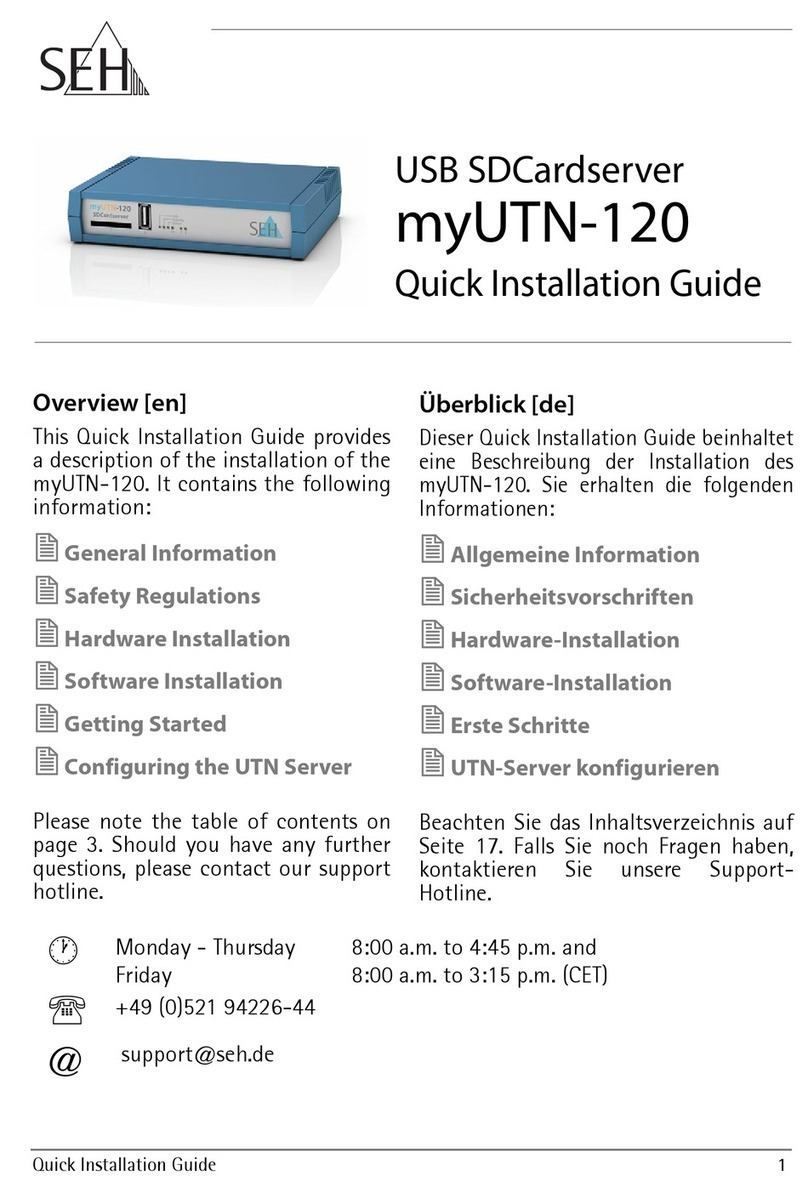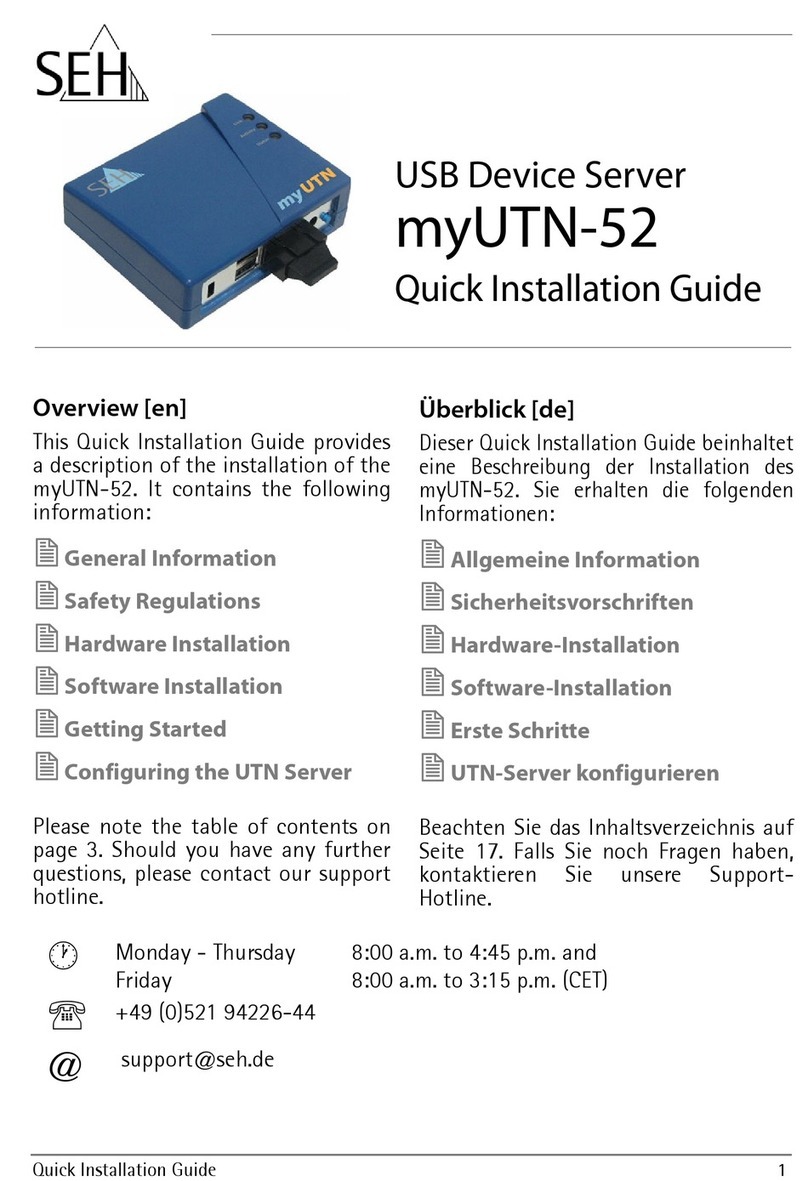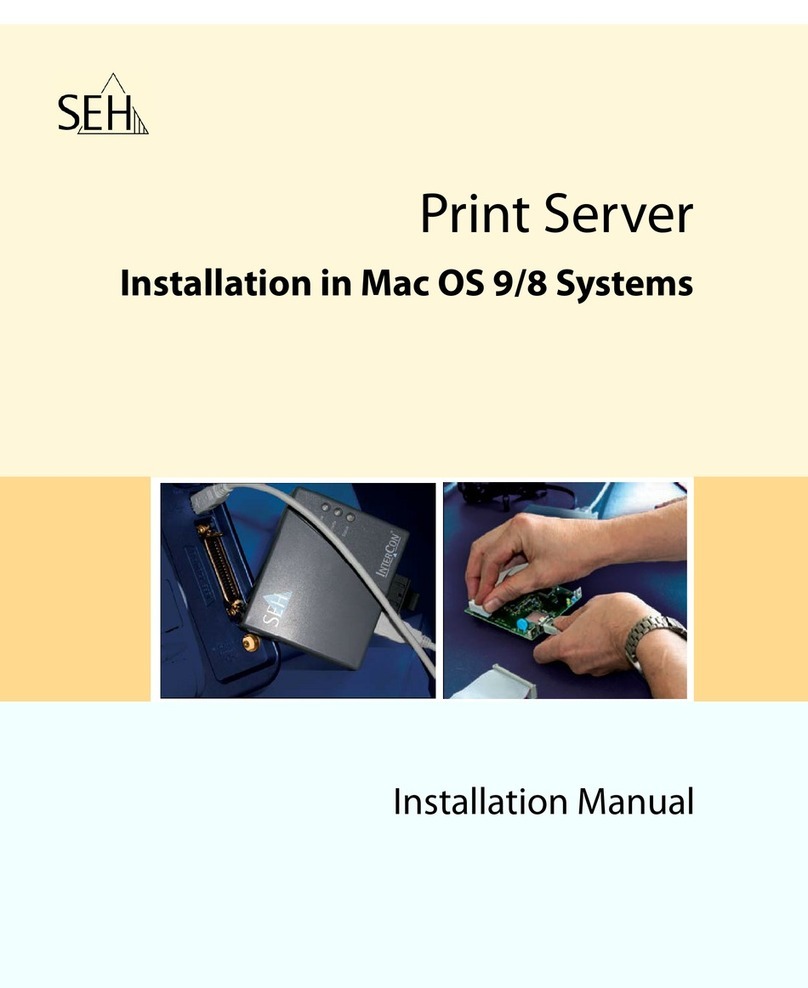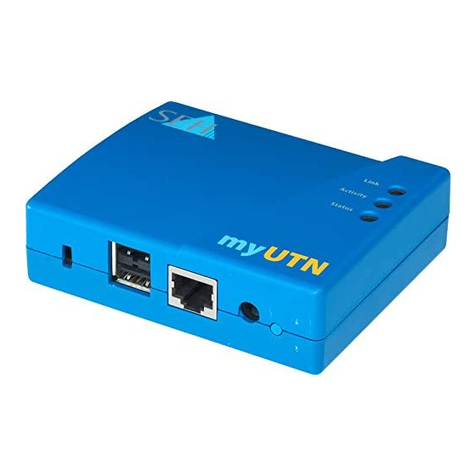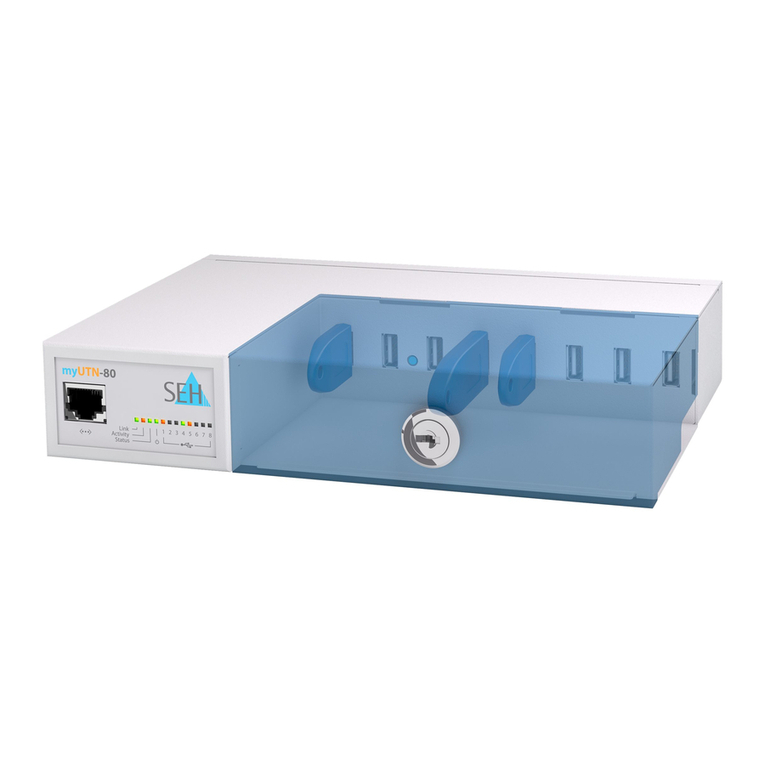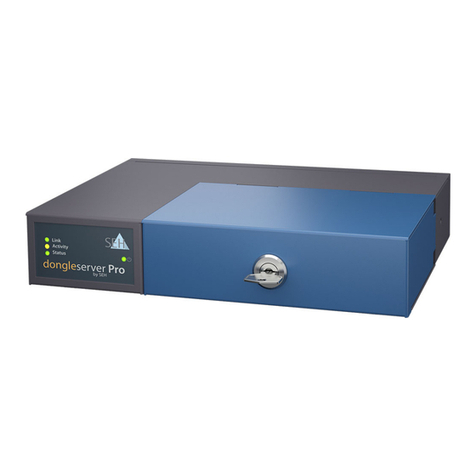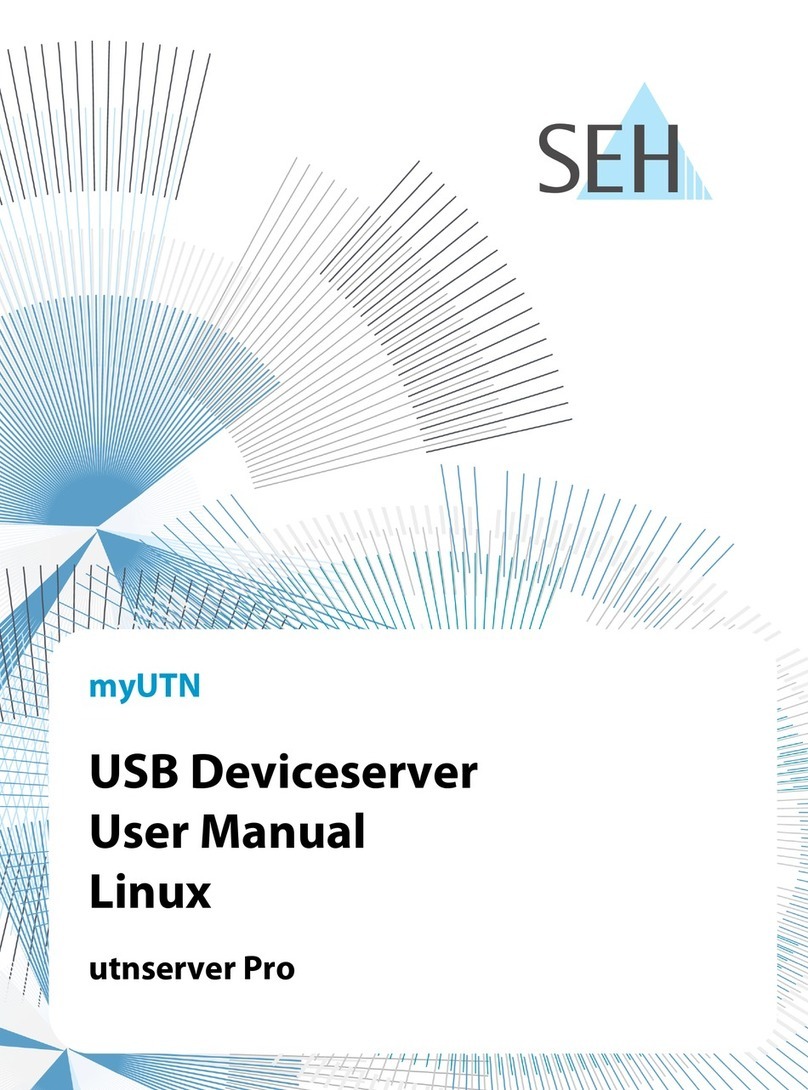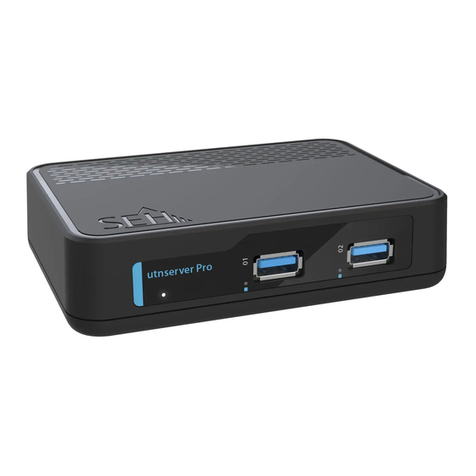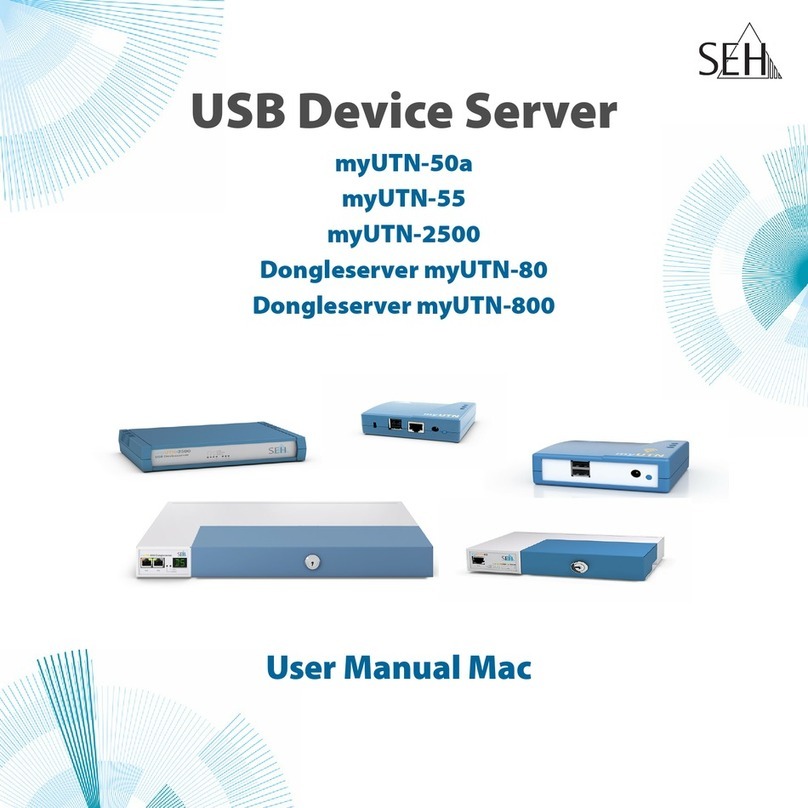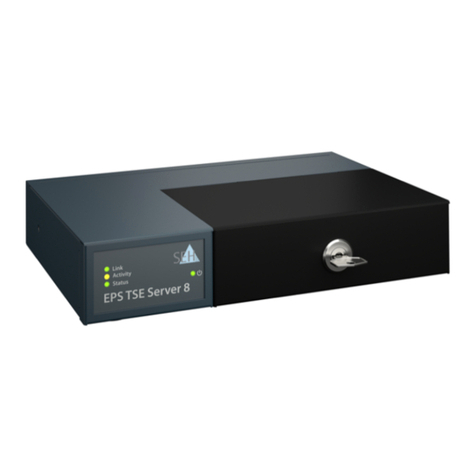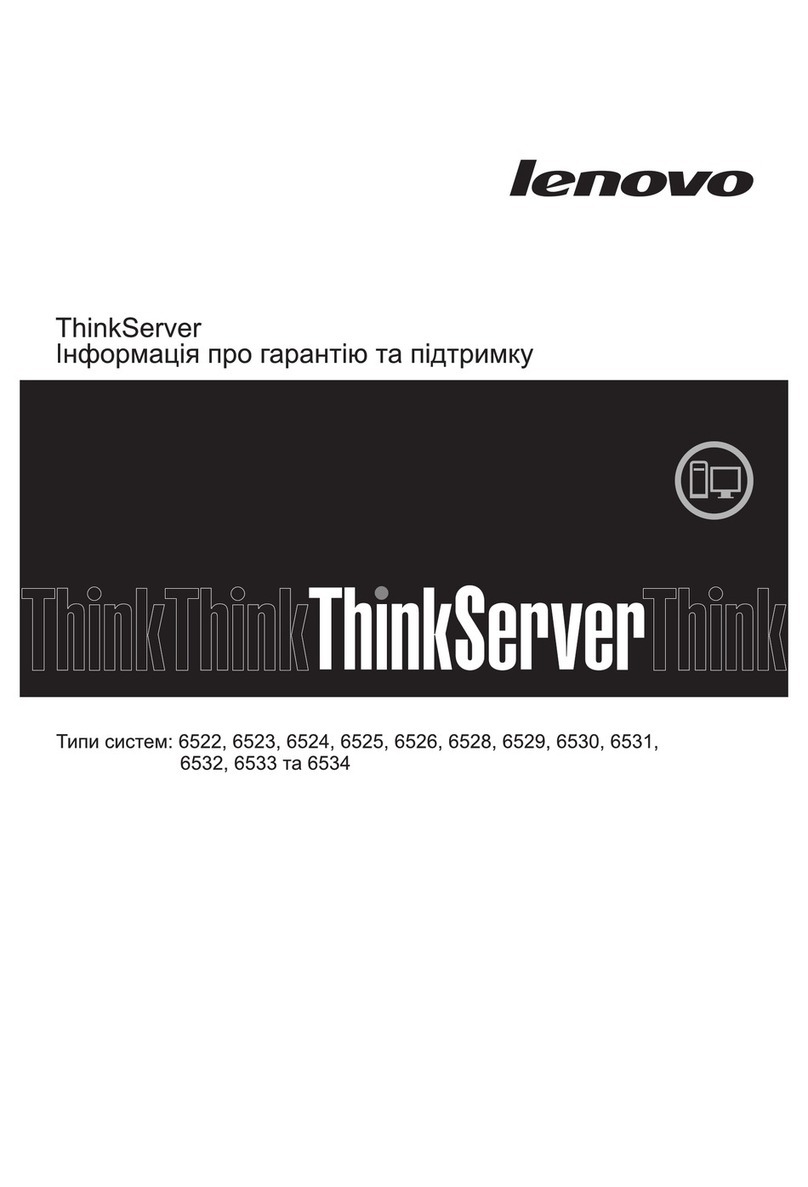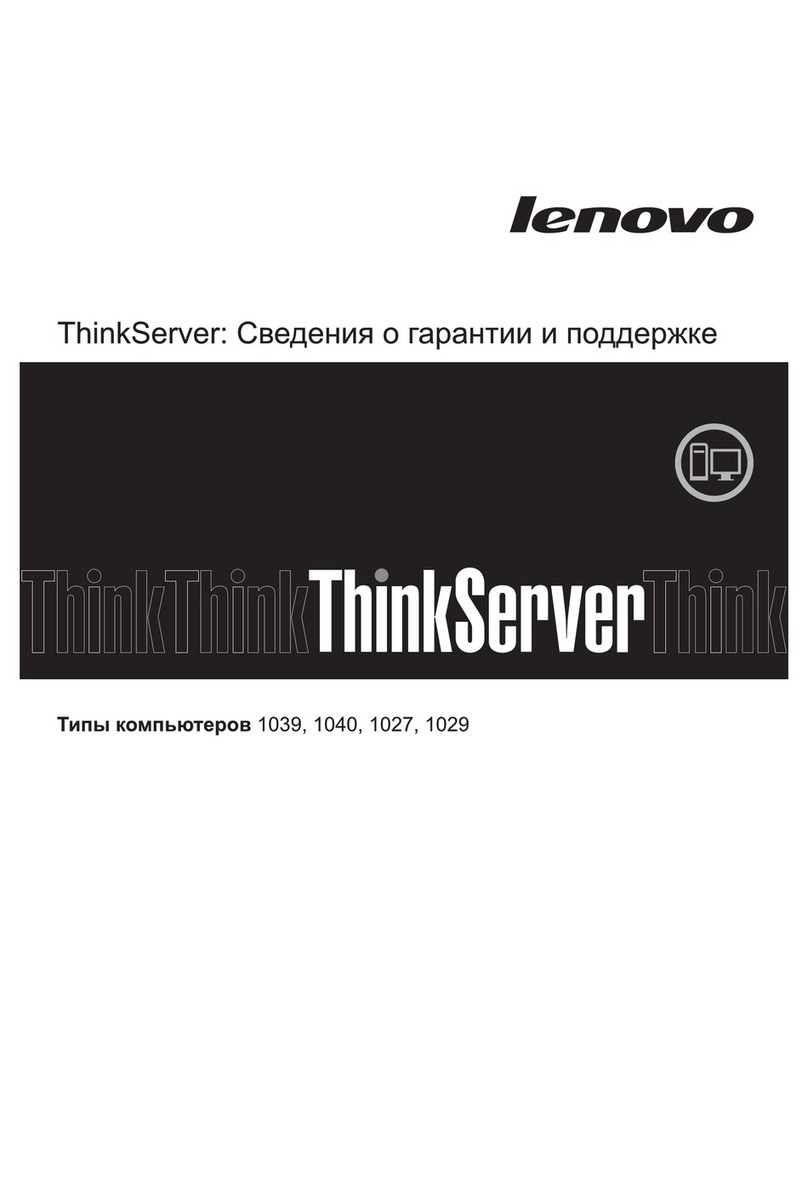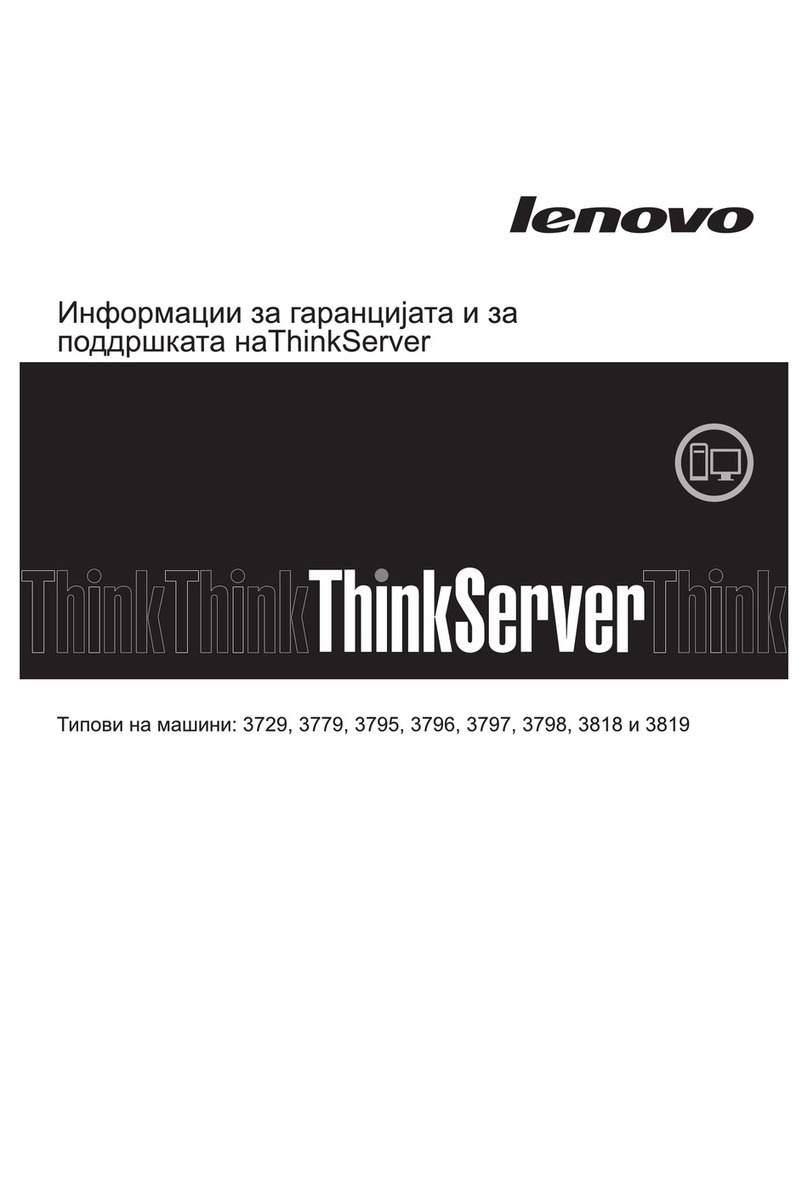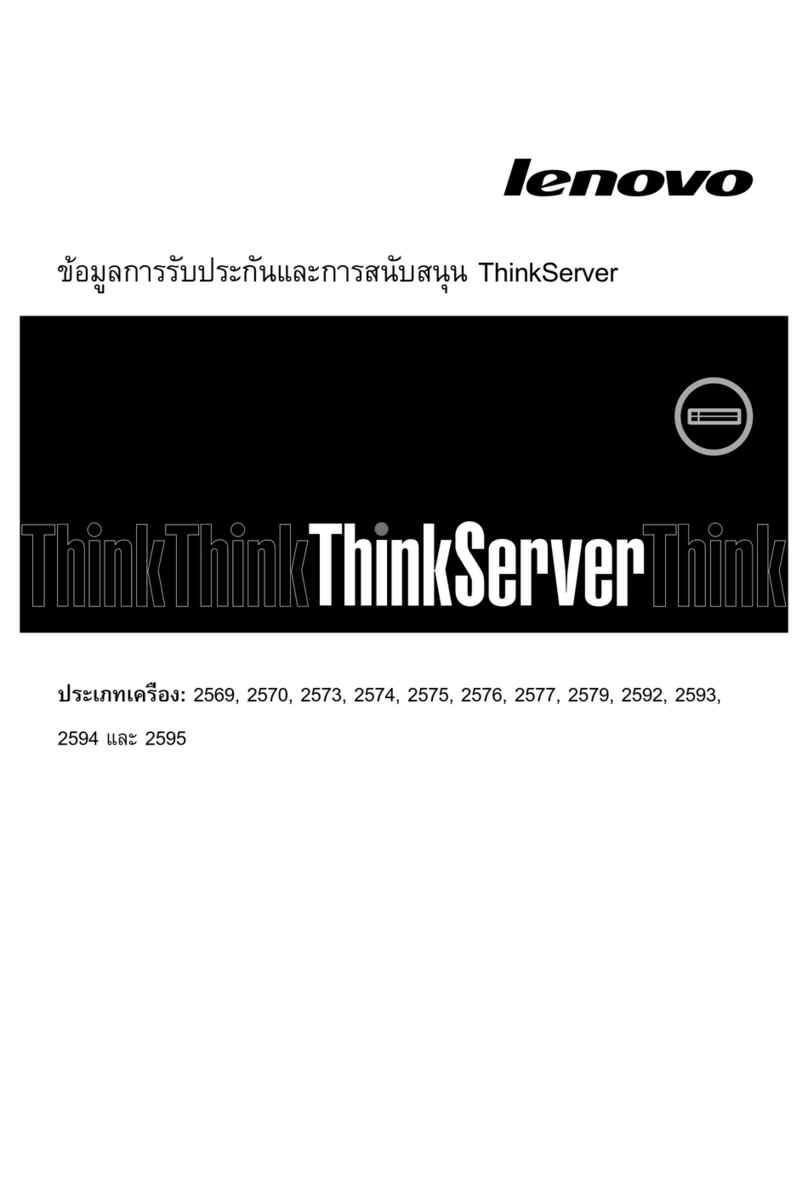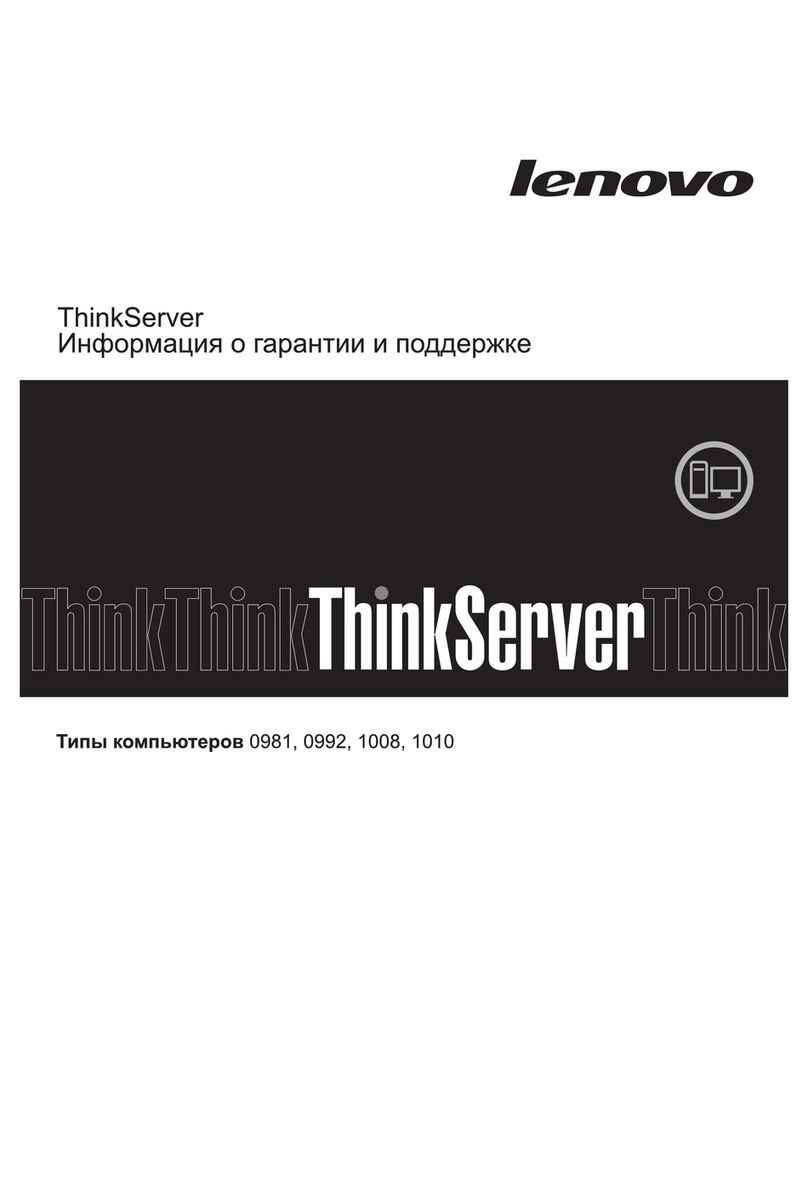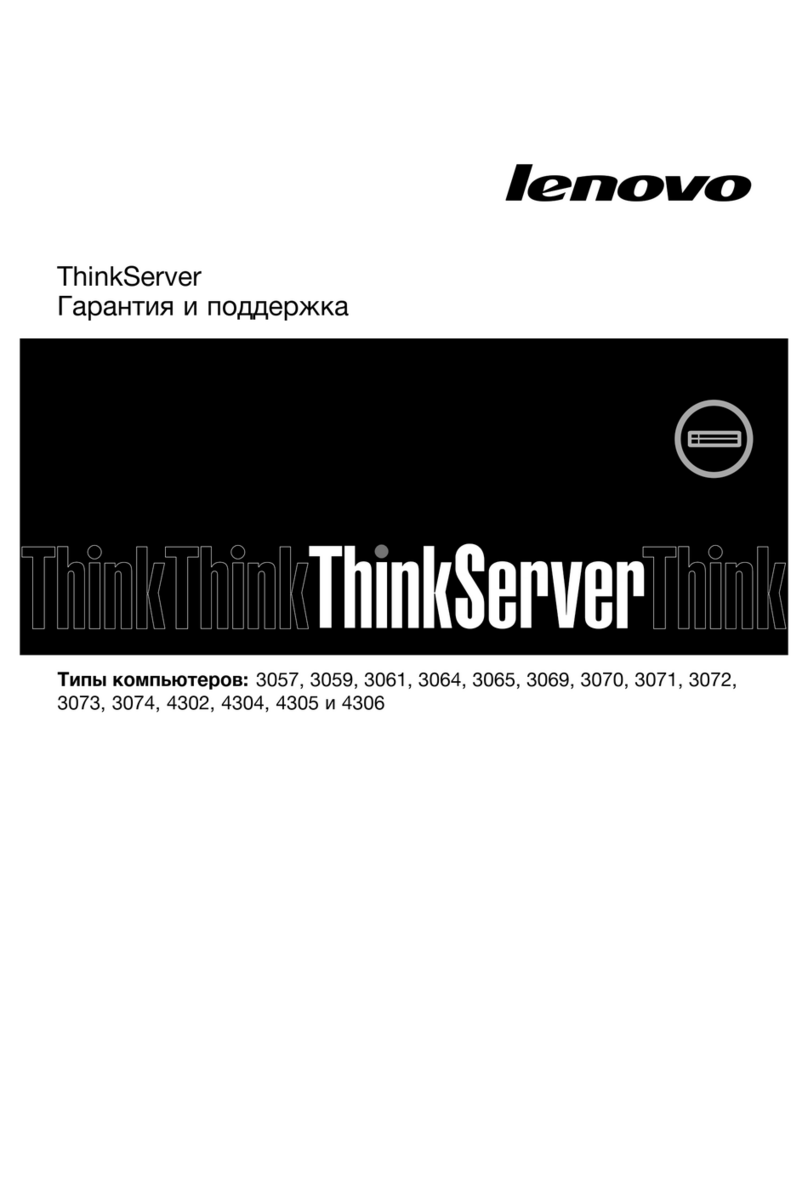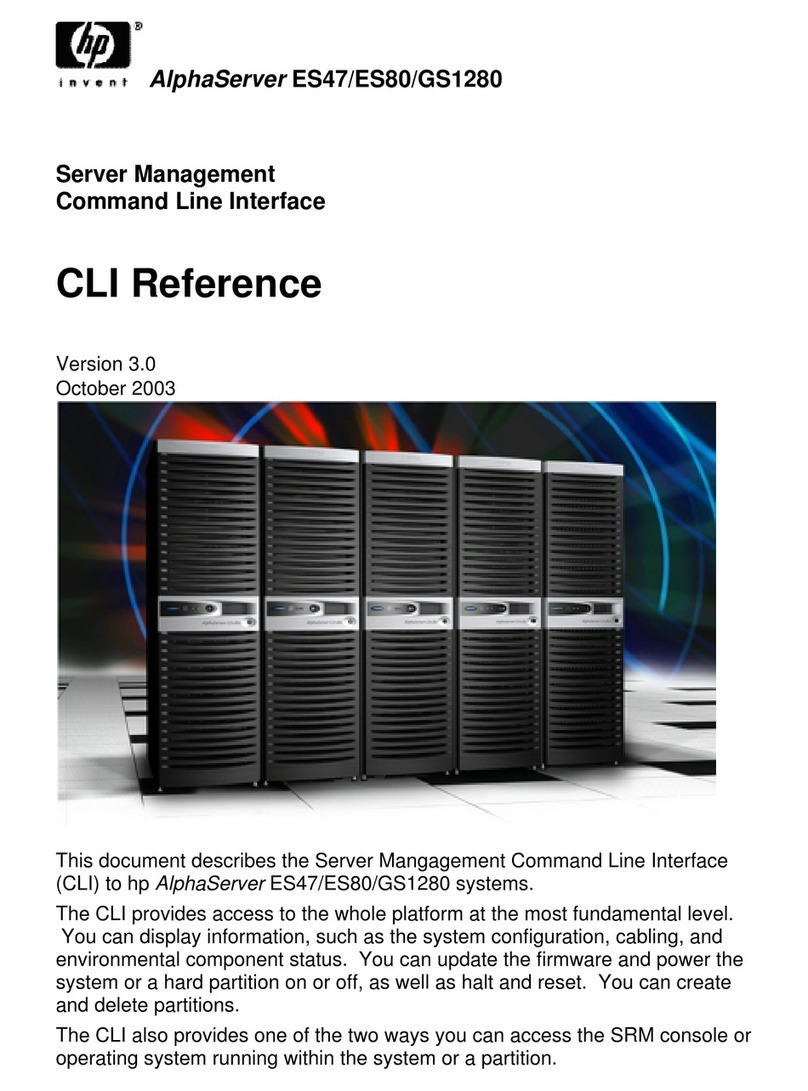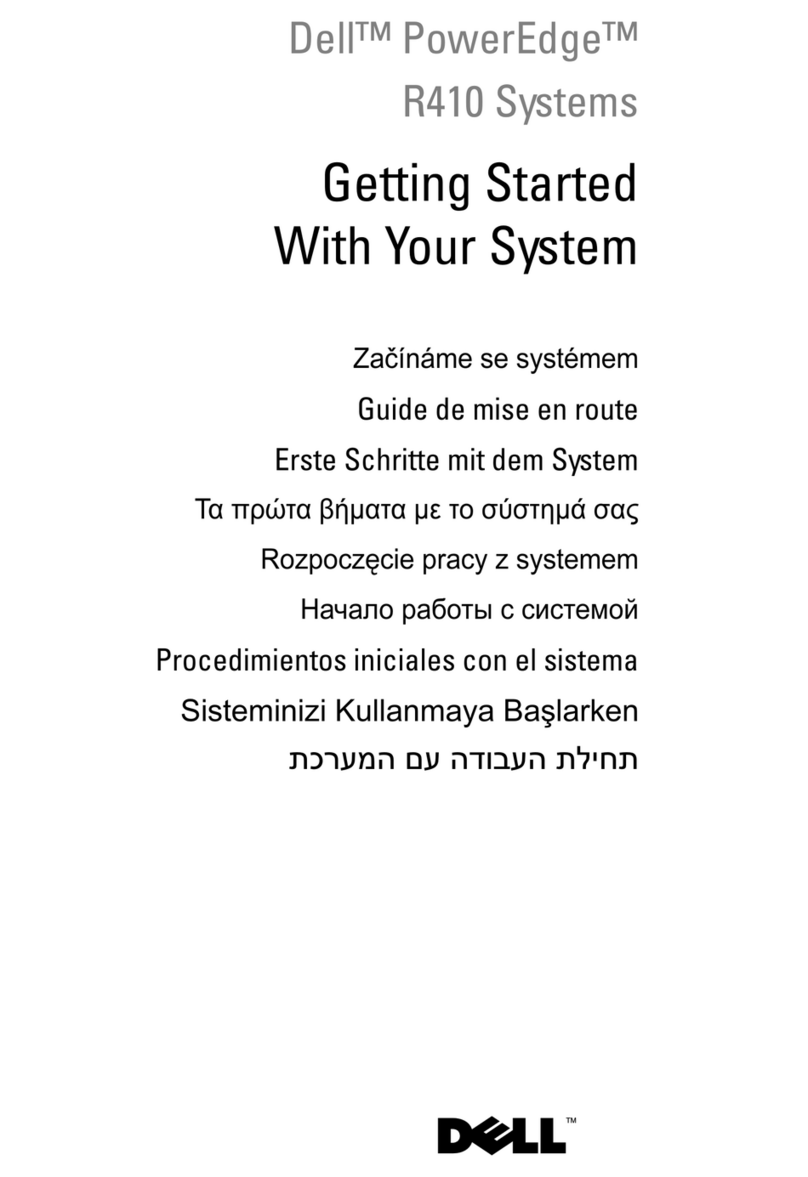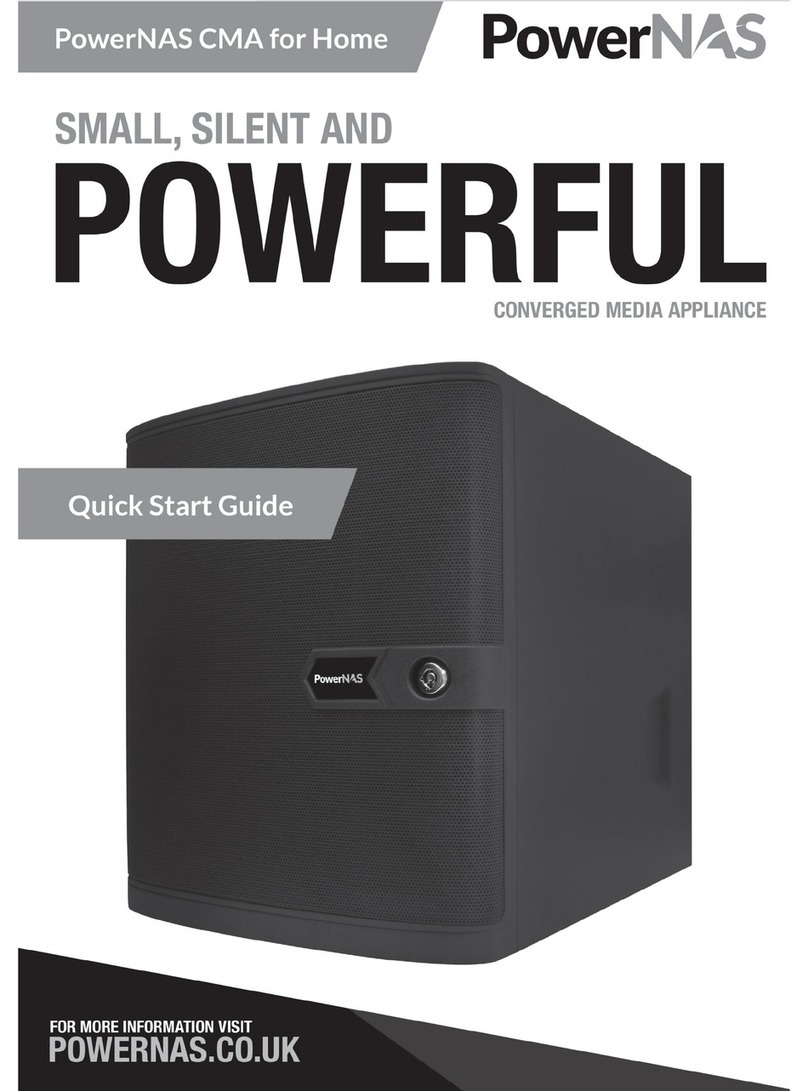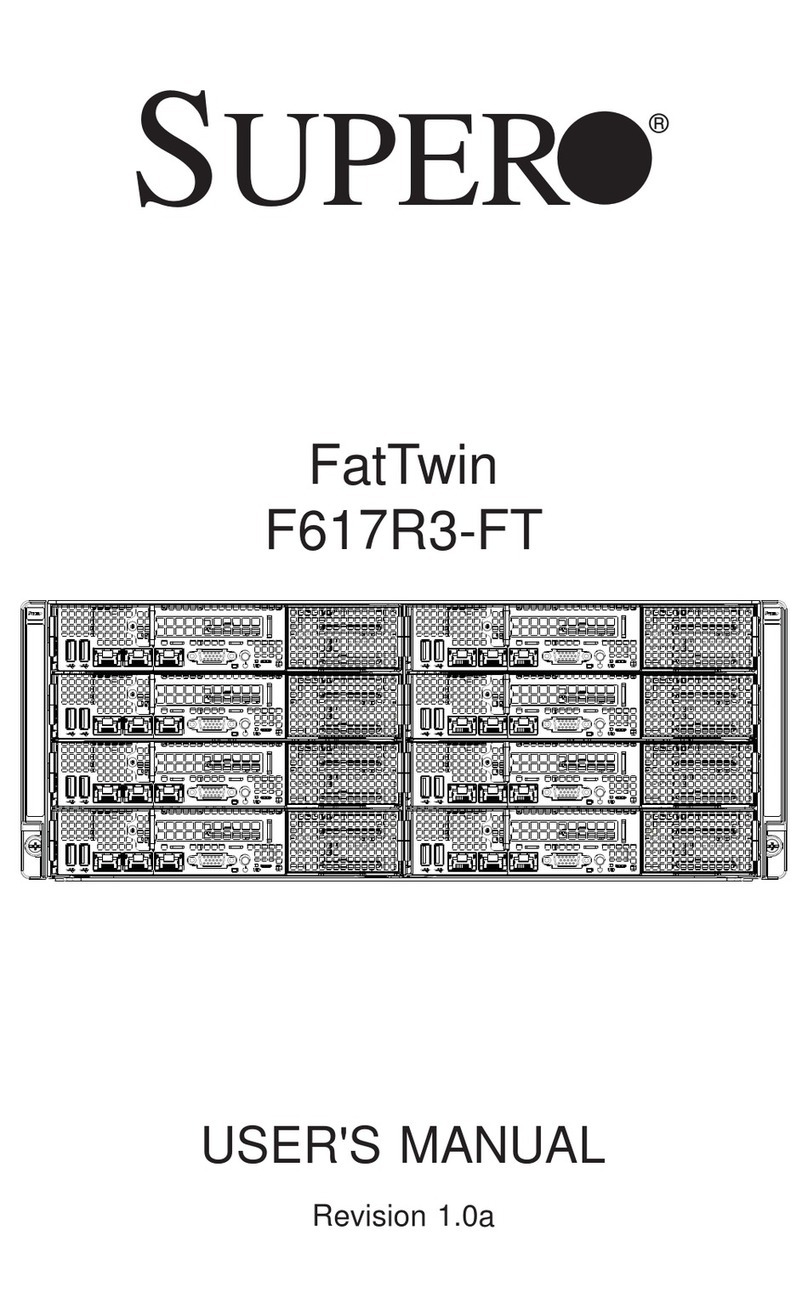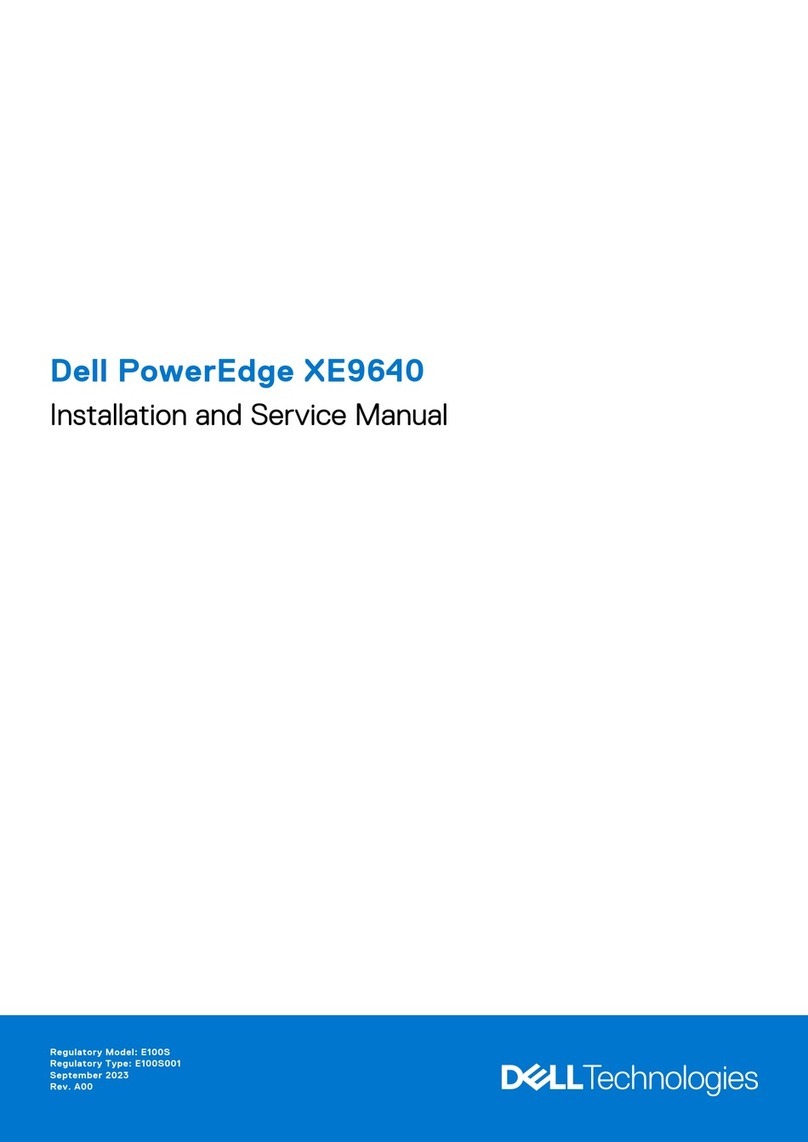myUTN User Manual 3
Table of Contents
1 General Information. . . . . . . . . . . . . . . . . . . . . . . . . . . . . . . . . . . . . . 5
1.1 myUTN . . . . . . . . . . . . . . . . . . . . . . . . . . . . . . . . . . . . . . . . . . . . . . . . . . . . . . . . . . . . 5
1.2 Documentation. . . . . . . . . . . . . . . . . . . . . . . . . . . . . . . . . . . . . . . . . . . . . . . . . . . . 6
1.3 Support and Service . . . . . . . . . . . . . . . . . . . . . . . . . . . . . . . . . . . . . . . . . . . . . . . 9
1.4 Your Safety . . . . . . . . . . . . . . . . . . . . . . . . . . . . . . . . . . . . . . . . . . . . . . . . . . . . . . . 10
1.5 First Steps . . . . . . . . . . . . . . . . . . . . . . . . . . . . . . . . . . . . . . . . . . . . . . . . . . . . . . . . 11
1.6 Saving the IP Address in the UTN Server . . . . . . . . . . . . . . . . . . . . . . . . . . . 12
2 Administration Methods . . . . . . . . . . . . . . . . . . . . . . . . . . . . . . . . 16
2.1 Administration via the myUTN Control Center . . . . . . . . . . . . . . . . . . . . . 17
2.2 Administration via the SEH UTN Manager. . . . . . . . . . . . . . . . . . . . . . . . . . 19
2.3 Administration via the InterCon-NetTool . . . . . . . . . . . . . . . . . . . . . . . . . . 25
2.4 Administration via Email (myUTN-80 only) . . . . . . . . . . . . . . . . . . . . . . . . . 27
2.5 Administration via the Status Button of the Device. . . . . . . . . . . . . . . . . 30
3 Network Settings . . . . . . . . . . . . . . . . . . . . . . . . . . . . . . . . . . . . . . . 31
3.1 How to Configure IPv4 Parameters . . . . . . . . . . . . . . . . . . . . . . . . . . . . . . . . 31
3.2 How to Configure IPv6 Parameters . . . . . . . . . . . . . . . . . . . . . . . . . . . . . . . . 34
3.3 How to Configure the DNS . . . . . . . . . . . . . . . . . . . . . . . . . . . . . . . . . . . . . . . . 36
3.4 How to Configure SNMP . . . . . . . . . . . . . . . . . . . . . . . . . . . . . . . . . . . . . . . . . . 37
3.5 How to Configure Bonjour . . . . . . . . . . . . . . . . . . . . . . . . . . . . . . . . . . . . . . . . 38
3.6 How to Configure POP3 and SMTP (myUTN-80 only) . . . . . . . . . . . . . . . 40
3.7 How to Configure WLAN (myUTN-54 only). . . . . . . . . . . . . . . . . . . . . . . . . 43
4 Device Settings . . . . . . . . . . . . . . . . . . . . . . . . . . . . . . . . . . . . . . . . . 48
4.1 How to Determine a Description . . . . . . . . . . . . . . . . . . . . . . . . . . . . . . . . . . 48
4.2 How to Configure the Device Time . . . . . . . . . . . . . . . . . . . . . . . . . . . . . . . . 49
4.3 How to Configure the UTN (SSL) Port . . . . . . . . . . . . . . . . . . . . . . . . . . . . . . 50
4.4 How to Use the Notification Service (myUTN-80 only) . . . . . . . . . . . . . . 51
5 Working with the SEH UTN Manager . . . . . . . . . . . . . . . . . . . . . 52
5.1 How to Find UTN Servers/USB Devices in the Network . . . . . . . . . . . . . 53
5.2 How to Add USB Devices to the Selection List. . . . . . . . . . . . . . . . . . . . . . 54
5.3 How to Connect an USB Device to a Client . . . . . . . . . . . . . . . . . . . . . . . . . 55
5.4 How to Cut the Connection between the USB Device and the Client . 56
